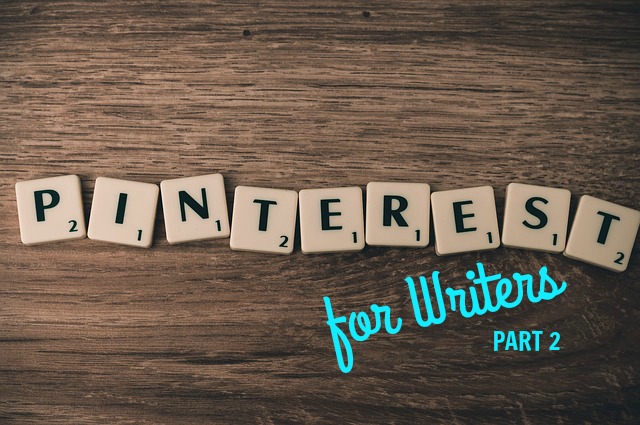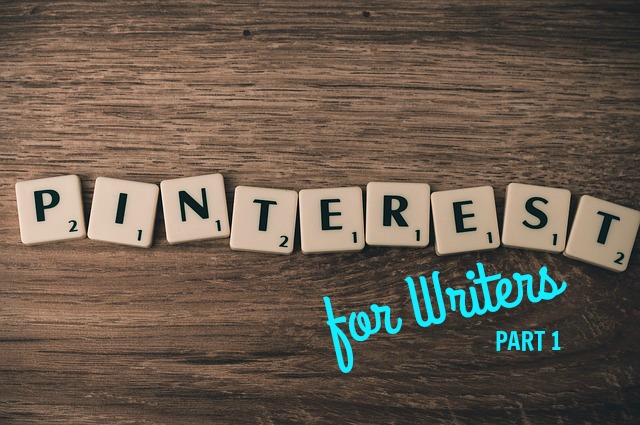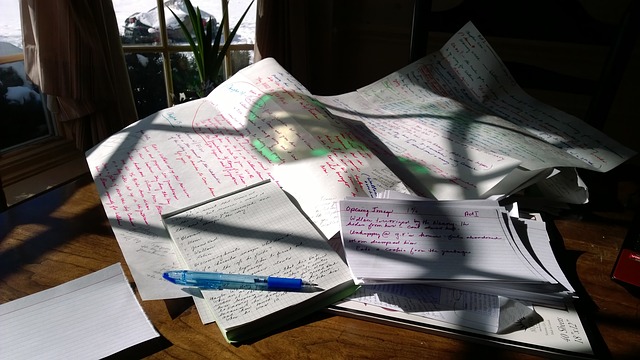
Problem Solve POV with Color
Welcome to The Efficiency Addict column, helping writers work more effectively every single day. For the next few months,…
September 25, 2016
Welcome to The Efficiency Addict column, helping writers work more effectively every single day. For the next few months,…
September 25, 2016
The golden rule for guest blogging is straightforward—Deliver solid content on time. Beyond that, there are a few simple steps you…
July 11, 2016
How to know when to stray from your writing plans. Do you ever have those times when your day…
July 3, 2016Ever wonder what to do with all the research you’ve accumulated from your many writing projects? Do you ever…
May 22, 2016
Practice makes perfect. I believed this mantra for years until a music teacher changed my mind. “Perfect practice makes…
April 15, 2016
Pinterest for Writers: Part 2 When I teach computer classes for Christian writers and speakers, many attendees are surprised…
March 19, 2016
Pinterest for Writers – Part 1 If you’ve heard about Pinterest and think it’s only for women or crafters,…
February 6, 2016
Welcome to 2016! I hope you’ve already begun your writing journey by creating a scene, outlining the bones of…
January 10, 2016
A fellow wordsmith recently shared his method for writing a novel. I was so intrigued by his straightforward process,…
November 23, 2015
Today we’re going to talk about the benefits of tracking your writing submissions and learn an easy way to do…
August 21, 2015